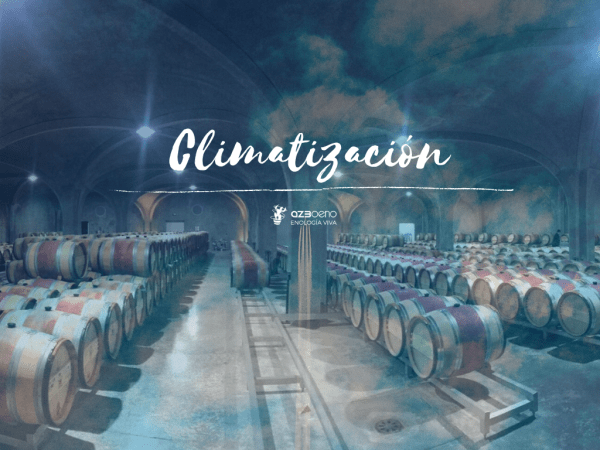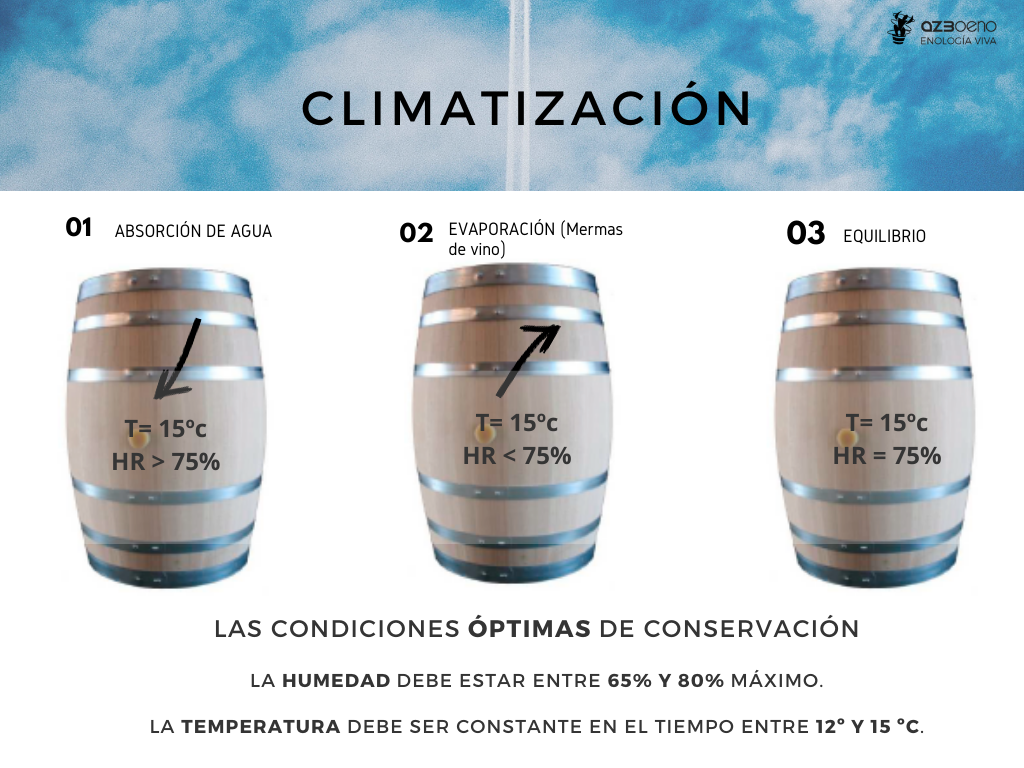
Take any treatise on oenology that you have on the shelf in your office. Practically all of them contain a specific chapter that tells us the optimal environmental conditions that we must ensure in the different areas of the winery so that the storage or aging of our wines is ideal.
It is no secret. Our ancestors built their aging rooms in specific places because they knew, without knowing, that those locations met the appropriate requirements to preserve the wines as they wanted to present them to their regulars.
Today, the story is the same, although with a substantial difference: we measure.
That ancestral wisdom, which emerges in us in the form of instinct, is underlined and made precise thanks to the data and measurements we take. We know that temperature, humidity and ventilation are the three aspects with the greatest influence on the aging of wines. What's more, we know precisely what the ideal ranges are to maintain and enjoy all those qualities that we have been able to extract from the grape and translate into the wine.
Any change in any of these parameters will respond, immediately, with losses. Losing volume means losing money and this is clearly not good news for the person in charge of the winery’s numbers. For us, surely, the financial issue is in last place in the long list of inconveniences that lie ahead:
- Acceleration of oxygenation, bye bye fruit
- Accelerated and disorderly polymerization reactions
- Short extraction periods with a greater impact of oak tannins
- Accelerated combination of sulfur, and with it, increased risk of contamination
- Appearance of oxidation phenomena
- Dryness
- Barrels, and also corks, under stress either by drying or by fungal pressure
- Airborne concentrations of molds, organohalogen compounds or TCA and TBA precursors
- Image

It is not crazy, therefore, to speak with experts in climate control to prepare a study of the "climate" of our winery and a way to achieve and maintain the ideal conditions from harvest to shipping, through fermentations, aging and bottling.
It could be a great contribution to the wisdom of future generations of winemakers.
It's worth it.
Related news